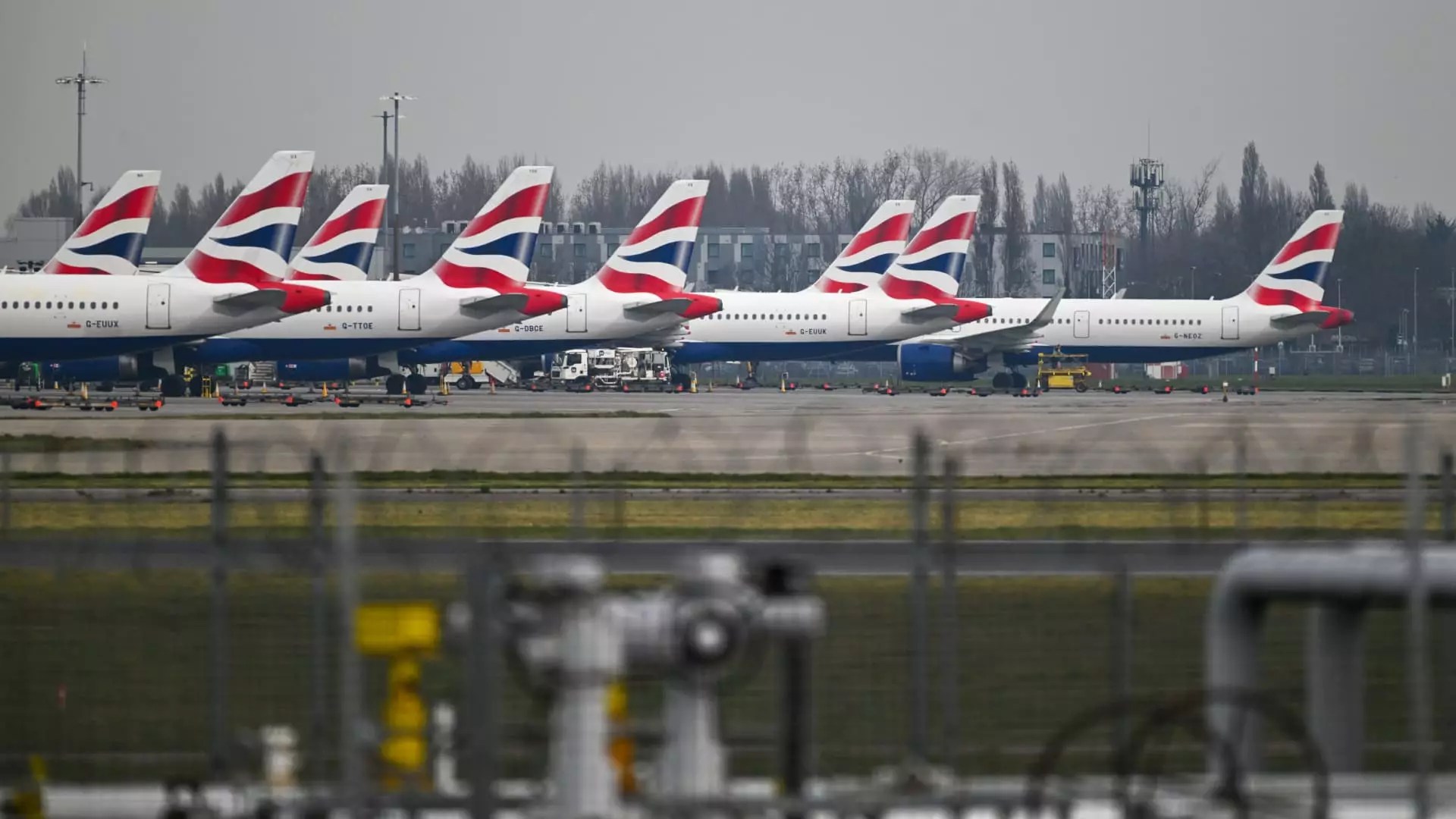Heathrow Airport, heralded as Europe’s premier aviation hub, faced an unprecedented crisis when a fire erupted at a nearby electrical substation, leading to a tumultuous power outage. This incident was no trivial inconvenience; it effectively paralyzed one of the busiest airports in the world on a Friday, a day when travel peaks due to weekend getaways and business trips. With nearly 800 flights canceled and tens of thousands of passengers affected, the scale of disruption was monumental. Yet, what factors underpinned this alarming situation? It appears that the crisis reflects more than just a singular event; it underscores a larger systemic vulnerability in our critical infrastructure.
Government and Infrastructure Vulnerabilities
UK politicians were quick to condemn the incident, with Ed Miliband, the Energy Minister, labeling the fire as “catastrophic.” He highlighted a disappointing lack of resilience in the infrastructure protecting an asset as vital as Heathrow. The fire and subsequent power outage not only impacted air travel; they cascaded into disruptions for approximately 16,000 homes in the surrounding area. This raises crucial questions: How can we allow such essential services to exist with a singular point of dependency? It’s astonishing that an airport of this magnitude could be so vulnerable, effectively rendering it defenseless when faced with even minor operational hiccups.
Miliband proposed that a far-reaching investigation must ensue to ensure lessons are grasped, emphasizing the need to scrutinize the National Grid’s operational reliability. But will this be merely a political posturing without true accountability? The government must commit to a serious overhaul of preparedness and resilience, not just for Heathrow but for all critical facilities nationwide, or risk repeating these blunders in the future.
Airlines Caught in the Crossfire
British Airways and other airlines found themselves entangled in the aftermath, forced to cancel flights and rebook countless passengers. In the chaos, their operational plans devolved into turmoil, sparking outrage among travelers eager to reach their destinations. British Airways issued statements reassuring affected passengers of flexible rebooking options, but one cannot help but wonder: who truly bears the brunt of this operational failure?
While many passengers may feel justified in blaming the airlines, the reality is that when infrastructure fails, airlines frequently become scapegoats. A note from Citi suggested that airlines might escape compensation responsibilities because the incident was beyond their control. This reality paints a grim picture, leaving travelers feeling helpless while also unfairly penalizing airlines that are also victims of the larger systemic issue.
Economic Ramifications Beyond Travel
The crisis rippled beyond just aviation; it echoed throughout the economy. Ed Miliband alluded to the potential long-term economic impact on tourism and travel-related sectors, which stand to lose millions as customers are left stranded. Anita Mendiratta, a travel advisor, pointed out that the airport processes over 4,000 tons of cargo daily, emphasizing that this crisis even jeopardizes supply chains and thus commercial interests that rely heavily on the airport’s robust operations.
Why has no one addressed the vulnerability of cargo transportation that is tightly interwoven with air travel? It’s increasingly clear that Heathrow is not just an airport; it is a linchpin for London and the broader economy. Failing to remedy these vulnerabilities could spell disaster not only for parties directly involved in air travel but for the entire economic fabric that these systems support.
The Question of Responsibility
Willie Walsh, head of the International Air Transport Association, leveled serious criticism against Heathrow for its dependence on a single power source. He dubbed it a “total planning failure,” highlighting the need for franchises to evolve and incorporate more redundancy in their systems. It begs the question: at what point do we hold airports accountable for the repercussions of inadequate infrastructure? If airports are not incentivized to improve, why would they?
This reality paints a concerning picture for anyone who relies on air travel—be it for business or leisure. If we, the consumers, continue to see airports skimp on critical infrastructure investments without consequence, it is we who will pay the price through disrupted travel and heightened frustration during our busiest seasons.
Finding Solutions Through Fear and Risk Management
In reflecting on this harrowing incident and what we can learn from it, it becomes evident that proactive measures are paramount. With increased reliance on technology and a widening scope for potential crises—be it fires, cyberattacks, or natural disasters—now is the time to call for comprehensive risk assessments and robust investment in backup systems that offer resilience against unprecedented challenges.
Sure, the fire at Heathrow may one day be a mere footnote in history, but if we neglect to whisk lessons from this disaster into actionable changes, then we effectively doom ourselves to repeat it in the future. It’s high time that we redefine our priorities in safeguarding our infrastructure, lest we face the next crisis unprepared.


Leave a Reply